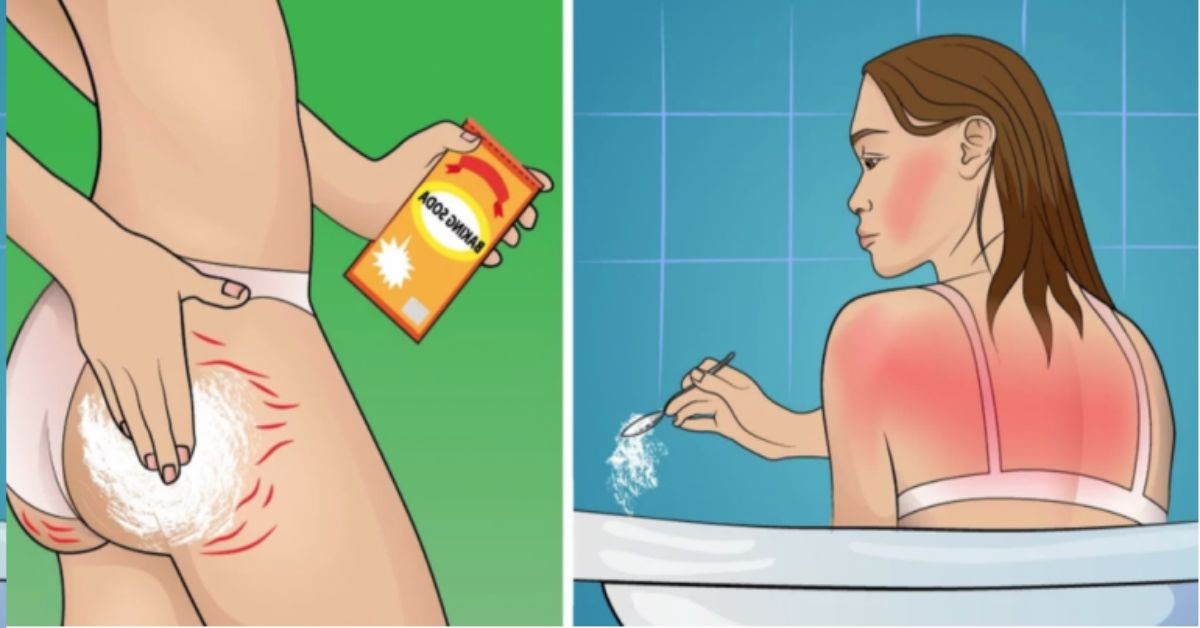
Evaluating popular cleaning hacks, especially ones involving unconventional materials like cola, can be fascinating as they often mix a bit of both fact and fiction. Here’s a breakdown of some popular cleaning hacks, including the well-known claim about cola and rust, to determine whether they are fact or fiction:
1. Cola for Cleaning Rust (Fact)
-
Explanation: Cola contains phosphoric acid, which is a compound that can effectively remove rust. The acid reacts with the rust (iron oxide) to convert it to a compound that can be washed away.
-
How to Use: Pour cola over the rusted area and let it sit for several hours or overnight for extensive rust. Scrub with a brush and rinse. This method is effective for smaller items or areas where traditional cleaning methods might be cumbersome.
-
Verdict: Fact. While it works, it might not be the most effective or practical solution for large areas or severely rusted items.
2. Vinegar and Baking Soda for Unclogging Drains (Fact and Fiction)
-
Explanation: The combination of baking soda and vinegar creates a fizzing reaction. Many believe this reaction can effectively unclog a drain.
-
Reality: While the mixture does fizz and can remove loose debris by the force of the reaction, it is not always effective for serious clogs or those caused by grease and hair.
-
Verdict: Partially fact. It can work for minor clogs but isn’t a guaranteed fix for more serious blockages.
3. Lemon and Salt to Clean Chopping Boards (Fact)
-
Explanation: Lemon’s acidic properties and salt’s abrasiveness make them excellent for cleaning wooden chopping boards.
-
How to Use: Sprinkle coarse salt over the chopping board, use a lemon half as a scrubber, squeezing slightly to release the lemon juice as you go. Let sit for a few minutes, then scrape away and rinse.
-
Verdict: Fact. This is an effective natural cleaning method, especially for removing food stains and odors.
4. Hair Conditioner for Polishing Stainless Steel (Fiction)
-
Explanation: Some suggest that hair conditioner can polish stainless steel appliances.
-
Reality: While hair conditioner might leave appliances looking shiny initially due to silicones or oils in the product, it can also leave a residue that attracts dust and dirt.
-
Verdict: Fiction. It’s better to use products designed for stainless steel to avoid greasy residue and potential smudging.
5. Newspaper for Cleaning Windows (Fiction and Fact)
-
Explanation: It’s often claimed that newspaper paired with window cleaner gives a streak-free shine.
-
Reality: While newspaper can be effective at not leaving lint or streaks like some cloths, the inks can smear and the paper can disintegrate when wet.
-
Verdict: Partially fact. It can work, but there are better, less messy options available, like microfiber cloths.
6. Toothpaste to Clean Silver (Fact)
-
Explanation: The mild abrasives in toothpaste can help remove tarnish from silver.
-
How to Use: Apply a small amount of toothpaste to a cloth, rub onto the tarnished silver, rinse, and dry.
-
Verdict: Fact. It’s a handy quick fix, though not as effective as professional silver polish.
When using unconventional cleaning hacks, it’s always good to test them in a small, inconspicuous area first to ensure they do not cause damage. While many of these methods do work, sometimes traditional cleaning solutions are more effective and practical.




